#pnw wildlife
Explore tagged Tumblr posts
Text


What pretty shells. Who do they belong to? Pacific sideband snails (Monadenia fidelis), which are native to the Pacific Northwest.
16 notes
·
View notes
Text

Aaand next one in the PNW element avatar animals-- My favorite octopus for water, the ruby octopus. The pacific giant gets all the love, but these guys are so curious and friendly it's ridiculous. I've had one just hang out with me so long while diving, I had to leave before it did. Good little fellas 😭
5 notes
·
View notes
Text

Lil bear
#animals#wildlife#animal#forest#nature#beauty#photographers on tumblr#artists on tumblr#original photographers#original photography#photography#aesthetic#Washington#pnw#westcoastbestcoast#art#vsco#pacific northwest#explore#travel#cottagecore#p#not an award winning photo or anything
8K notes
·
View notes
Text
Weird Creature of the Day: Bleeding tooth/Devil's tooth fungus
CW: Trypophobia, hemophobia. It's covered in holes that look like they're bleeding, which might be unpleasant to look at for some.
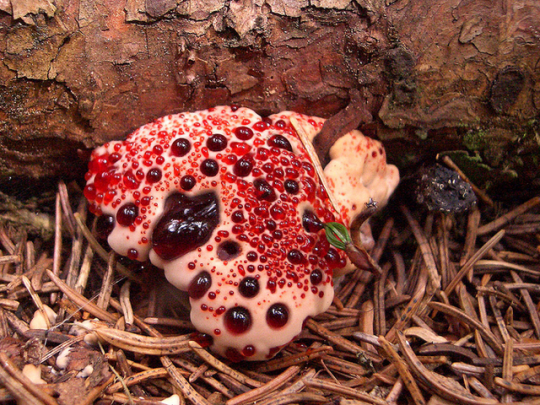
Yeow, that's a rough case of gingivitis! It's Hydnellum peckii!
The blood-like fluid they excrete when the fruiting bodies are younger is theorized to protect them from predators or to attract insects to assist in spreading their spores. It's produced when the root system of the fungus absorbs too much rainwater and pushes the excess out through the visible mushroom portion of the the organism.
The "tooth" part of their common name comes from the small tooth-esque protrusions on the underside of the fruiting bodies, which release their spores.
They're widespread across North America but particularly common in the Pacific Northwest, and often found among fir, pine, and other woods. It has also been found in Scotland and Germany, and more recently in Iran and Korea. There are populations on the decline in the Czech Republic, Norway, and the Netherlands. It is suspected that pollution and deforestation are the cause of the increased rarity in these areas. They build mycorrhizal relationships with the root networks (as far as 11 feet/3.4 meters away from the fruiting bodies!) of coniferous trees around them. I would like to join them.
They're not dangerous to eat but they taste downright awful. I keep on finding words like "acrid" and "bitter" if that gives you an idea.
They're valued for their dying capabilities. Different dye recipes with this fungus can produce ranges of brown, green, and blue. (Natural dyes are cool please talk to me about natural dyes)
This was very fun for me to find out because its common names were made up well before we learned this: the "blood" (or more specifically its red pigments) possess a sizeable amount of an anticoagulant compound! Isn't it funny how things work out sometimes? The anticoagulant is called atromentin, and it's very similar to a frequently used blood thinning medication called heparin. Atromentin is only found in certain types of fungi (Agaricales and Thelephorales classes), and heparin is only found in certain animals (humans, whales, salmon, shrimp, turkeys, others). It's just fascinating to me that we as humans are still so in sync with not only our Animalia peers, but our even more distant relatives in the Fungi kingdom as well.
Reminder that mycelium is cool and fucked up, why does it look like this
Photo: Bernypisa [CC BY-SA 3.0], via Wikimedia Commons.
#north american wildlife#pnw wildlife#fungi#mushrooms#wcf#weird creature feed#weird creature of the day#wcotd
1 note
·
View note
Text
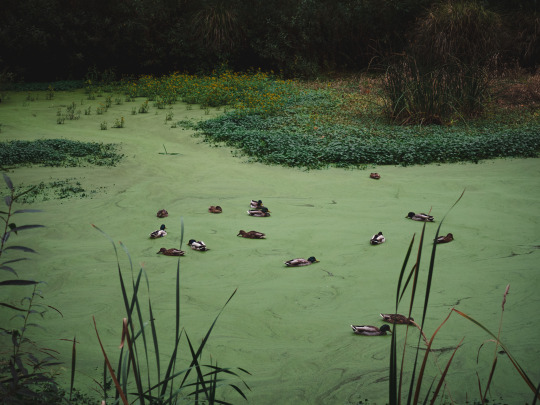
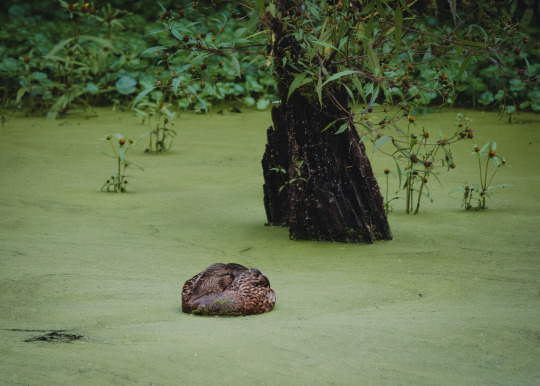

#photography#pacific northwest#pnw#nature photography#wildlife photography#forestcore#naturecore#photographers on tumblr#mine: photos#bird photography#birdblr#birbs#birds#birdwatching#lensblr#ducks#mallard duck#gremlincore
6K notes
·
View notes
Text
If you aren't following the news here in the Pacific Northwest, this is a very, very big deal. Our native salmon numbers have been plummeting over the past century and change. First it was due to overfishing by commercial canneries, then the dams went in and slowed the rivers down and blocked the salmons' migratory paths. More recently climate change is warming the water even more than the slower river flows have, and salmon can easily die of overheating in temperatures we would consider comfortable.
Removing the dams will allow the Klamath River and its tributaries to return to their natural states, making them more hospitable to salmon and other native wildlife (the reservoirs created by the dams were full of non-native fish stocked there over the years.) Not only will this help the salmon thrive, but it makes the entire ecosystem in the region more resilient. The nutrients that salmon bring back from their years in the ocean, stored within their flesh and bones, works its way through the surrounding forest and can be traced in plants several miles from the river.
This is also a victory for the Yurok, Karuk, and other indigenous people who have relied on the Klamath for many generations. The salmon aren't just a crucial source of food, but also deeply ingrained in indigenous cultures. It's a small step toward righting one of the many wrongs that indigenous people in the Americas have suffered for centuries.
#salmon#dam removal#fish#animals#wildlife#dams#Klamath River#Klamath dams#restoration ecology#indigenous rights#Yurok Tribe#Karuk Tribe#nature#ecology#environment#conservation#PNW#Pacific Northwest
19K notes
·
View notes
Text
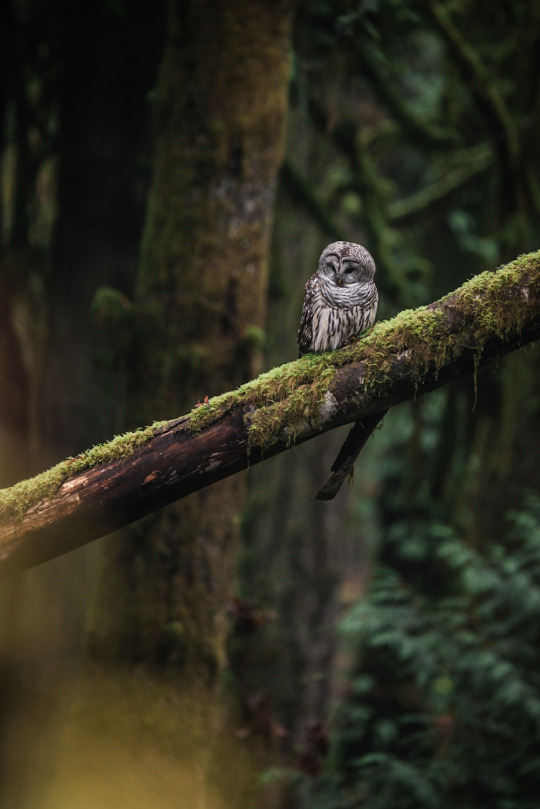
Barred Owl
#artists on tumblr#original photographers#original photography#hiking#pacific northwest#nature#washington#pnw#nikon#orofeaiel#birb#birding#barred owl#forest#goblincore#trees#feathered friends#wildlife#bird
3K notes
·
View notes
Text
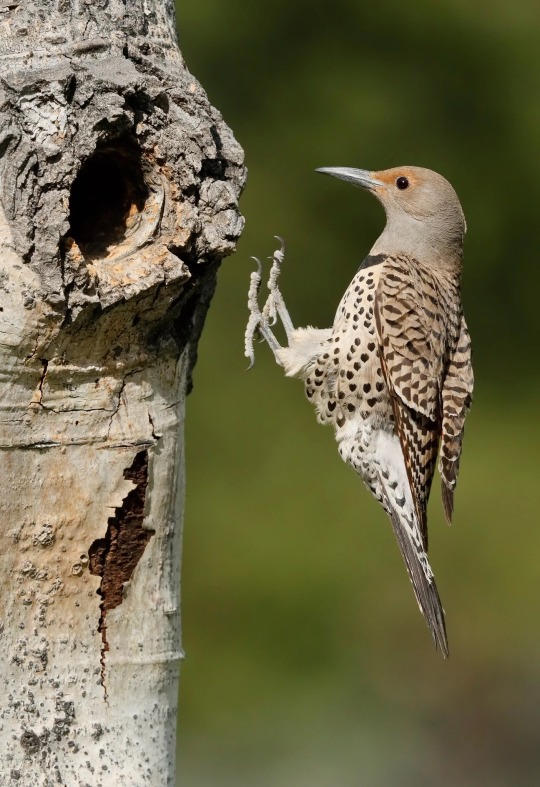
northern flicker, photo by Loi Nguyen
3K notes
·
View notes
Text
If you're as excited as me and @echomary about seeing a rough skinned newt then chances are we're friend material (sound on)
840 notes
·
View notes
Text


she scream
188 notes
·
View notes
Text

these are not deer but i still saw them
309 notes
·
View notes
Text

another sunday spent with the crows 3.2.25
#crows#crow#corvid#corvidae#birds#birds of tumblr#wild birds#birdlovers#bird#birdwatching#bird photography#wildlife#nature#nature photography#telephoto#photoblog#photographer#photographers on tumblr#photography#canon#photooftheday#photograph#original photographers#original photography on tumblr#pnw#birdblr#fypシ
205 notes
·
View notes
Note
I know that's probably definitely not what you meant, but as I saw your tag of "sea critters because of my childhood" my first thought was "ah yes, because you used to be a mermaid". Sorry for uncovering your mermaid secret😔 (would love to know what you actually meant by that tag though!!!! Sea critters are <333)
ouu awawa thats so cute haha.
the reason is i grew up on an island and lived really close to the ocean most of my childhood!!! we spent a lot of time at the beach. when the tide was out me and my sister would play around tidepools a lot - i loved observing all the little critters in them and trying to grab crabs and stuff. there used to be a lot of moon jellyfish around the docks, too, but there were progressively less and less of them as i got older :( probably to do with pollution, or something.
anyways. i love the ocean i miss the ocean i detest living as far inland as i do and someday ill go back there.... waaauh...
90 notes
·
View notes
Text
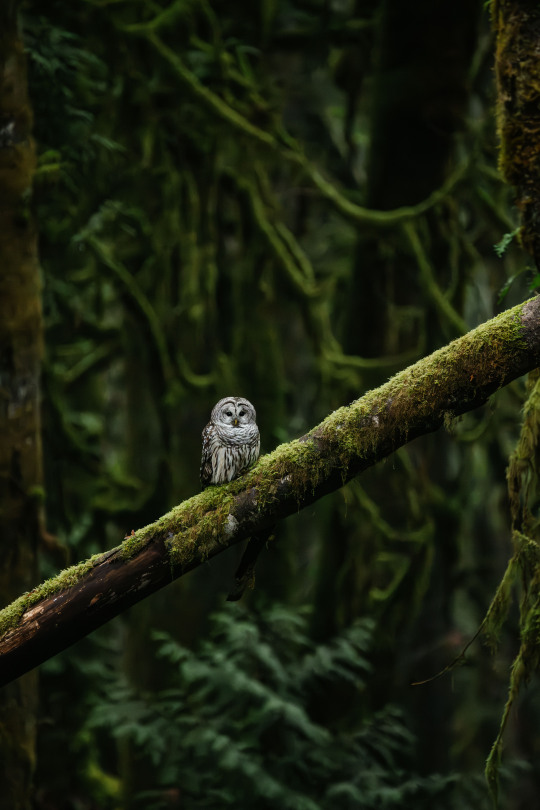
Barred owl
#barred owl#owl#bird#birds#birding#animals#wildlife#animal#forest#nature#beauty#photographers on tumblr#artists on tumblr#original photographers#original photography#photography#aesthetic#Washington#pnw#westcoastbestcoast#art#vsco#pacific northwest#explore#travel#cottagecore#p
14K notes
·
View notes
Text

Oregano on a cold winter day.
#crows#ravens#wildlife photography#nature photography#animal photography#photographer#photography#original photography on tumblr#original photography blog#original photography#original photographers#original post#pnw#pnwphotography
154 notes
·
View notes
Text


early morning wake-up call ↬ bts
#I was not at all sure these would turn out#my shutter speed was 1/8 sec. auto-focus could not even find a subject. dicey at max zoom.#owl tried to hunt a squirrel for an hour or so but was not successful#the love birds#owl#photography#pacific northwest#pnw#nature photography#wildlife photography#forestcore#cottagecore#naturecore#photographers on tumblr#owls#barred owl#mine: photos#lensblr
3K notes
·
View notes